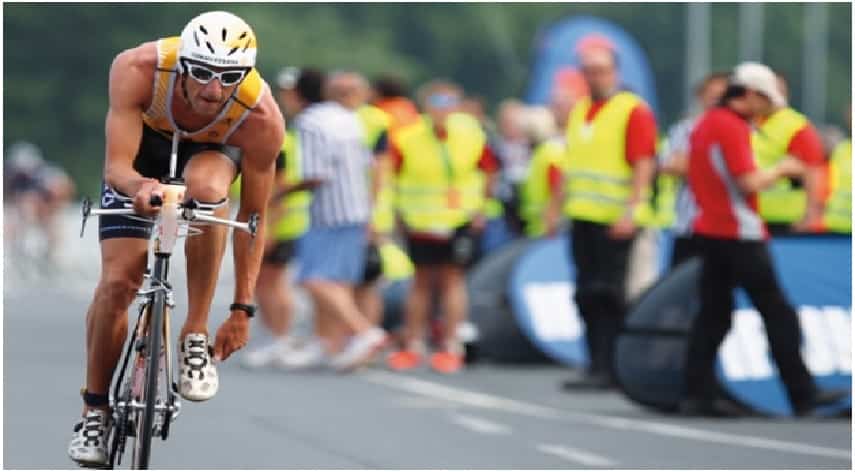Best Tips for a Balanced Triathlon Training

Participating in triathlons and half Ironman events can be a major physical and mental challenge. Successfully training for and completing these events requires a great deal of dedication, discipline, and planning. One of the most important aspects of this training is finding the right balance between your training for the three disciplines and your half Ironman training plan. In this article, we’ll discuss some of the best tips for balancing your triathlon training and 70.3 training plans.
Plan your training schedule: One of the most important aspects of balancing your training is planning your schedule. Start by identifying your available training time each week, and then divide it up between the three disciplines. Be sure to include both shorter, high-intensity sessions and longer, lower-intensity sessions in each discipline to ensure you are building both speed and endurance. Also, consider how you can incorporate brick workouts, which combine two or more disciplines, into your training plan.
Focus on your weaknesses: To be successful in a triathlon or 70.3, you need to be proficient in all three disciplines. However, most athletes have a weaker discipline that requires more attention. It is essential to incorporate additional training for your weaker discipline into your training plan. By doing so, you can improve your overall performance and feel more confident on race day.
Incorporate strength training: Strength training is an important component of any triathlon or half Ironman training plan. By incorporating strength training into your training plan, you can improve your overall fitness, prevent injury, and improve your endurance. Focus on exercises that target the major muscle groups used in the three disciplines, such as lunges, squats, and deadlifts.
Recover properly: Training for triathlons and 70.3s requires a lot of physical exertion and can be taxing on the body. Proper recovery is essential for allowing your body to rest and repair between workouts. Make sure to get enough sleep, eat a balanced diet, and take rest days as needed. Stretching and foam rolling can also help reduce muscle soreness and prevent injury.
Listen to your body: It is essential to listen to your body and adjust your training plan as needed. If you are feeling overly fatigued, have persistent pain, or are experiencing other symptoms of overtraining, take a break and allow your body to recover. Pushing yourself too hard can result in injury or burnout, which can set back your training progress.
Set realistic goals: Setting realistic goals is an important part of balancing your training. Be honest with yourself about your current fitness level and consider the time you have available for training. Set achievable goals for each discipline, and be sure to track your progress. Celebrate your achievements along the way and use them as motivation to keep pushing yourself.
Seek professional guidance: If you are new to triathlons or half Ironman events, or if you are struggling to find the right balance in your training, consider seeking the guidance of a professional coach or trainer. A coach can help you create a customized training plan, provide guidance on nutrition and recovery, and help you adjust your plan as needed to achieve your goals.
In conclusion, balancing your triathlon training and 70.3 training plans can be a challenge, but with proper planning, focus, and discipline, it is achievable. Be sure to plan your schedule, focus on your weaknesses, incorporate strength training, recover properly, listen to your body, set realistic goals, and seek professional guidance as needed. By following these tips, you can build a strong foundation of fitness and confidence that will help you achieve your triathlon and 70.3 goals.
Pankaj Majumder, a seasoned Civil Engineer, combines technical expertise with a passion for innovative infrastructure solutions. With a strong academic background and diverse project experience, he excels in creating sustainable and resilient structures that shape the future of urban development.
Recommended For You
Spread the loveAre you looking for a way to achieve a toned and sculpted body without spending countless hours at
Spread the loveWould you like to lose a few pounds? You’ll be happy to hear that you’re not alone. In recent
Spread the loveAre you a beginner looking to lose weight and get fit? Starting a gym routine can be overwhelming,



